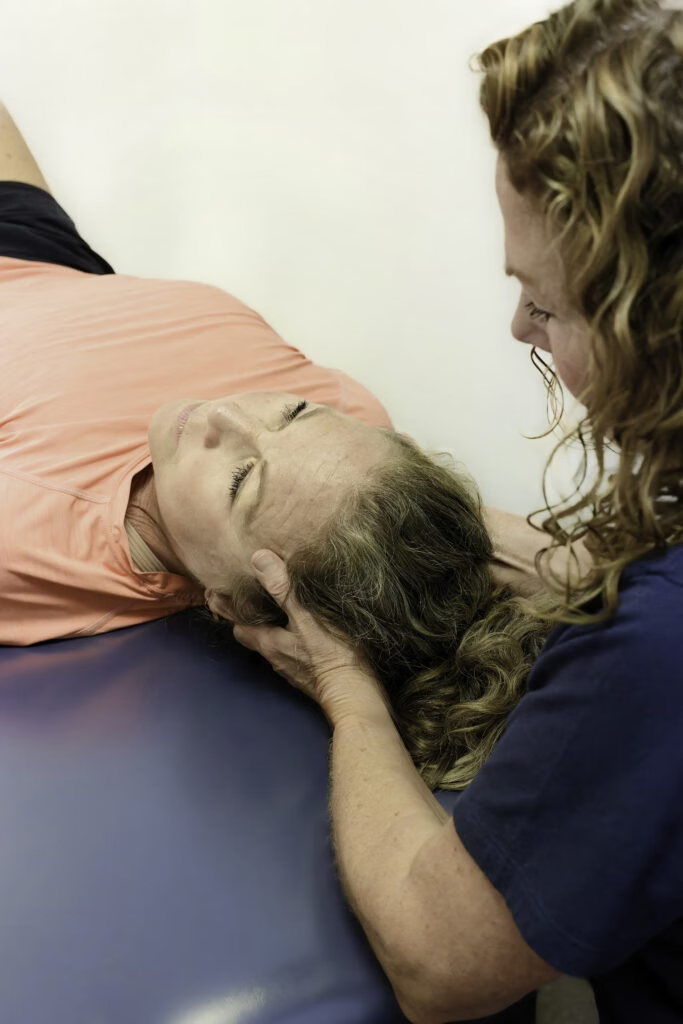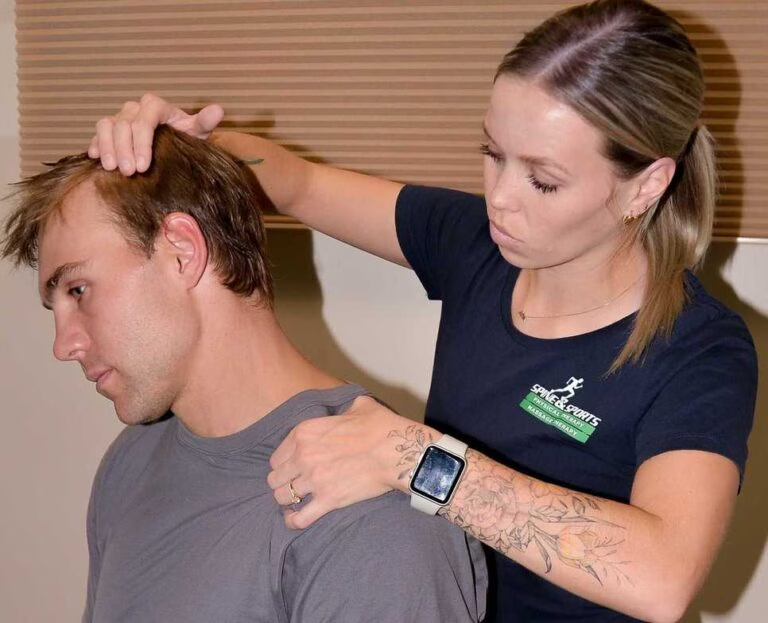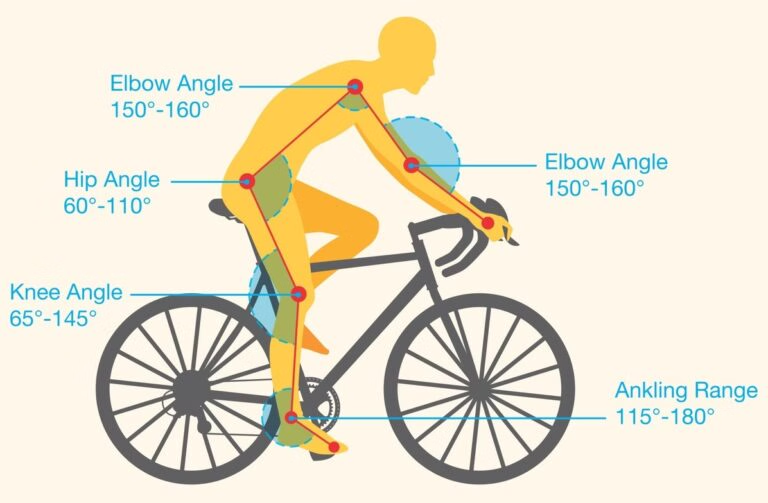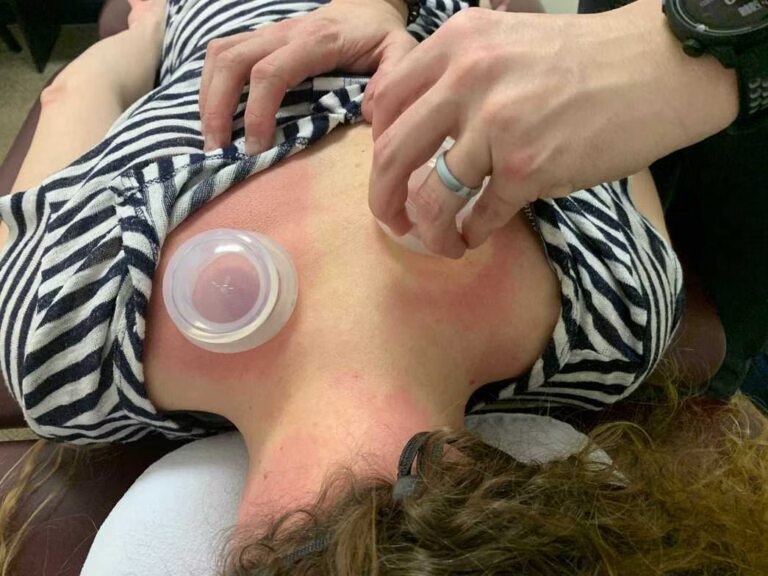The Epley maneuver is a sequence of head movements used to relieve symptoms of benign paroxysmal positional vertigo (BPPV), specifically in the posterior canal. BPPV occurs when tiny calcium particles in the inner ear become dislodged, causing dizziness. This maneuver helps move these particles back into place, reducing vertigo. How to Perform the Epley Maneuver
1. Start by sitting upright: Sit on a flat surface with a pillow behind you, so when you lie down, the pillow is under your shoulders.
2. Turn your head 45 degrees to the affected side: This is the side where you feel the dizziness is coming from.
3. Lie down quickly: From this sitting position, lie down on your back, keeping your head turned to the side. Your shoulders should be on the pillow, with your head slightly extended backward. Hold this position for 30 seconds or until the dizziness stops.
4. Turn your head 90 degrees to the other side: Slowly turn your head to the opposite side (a full 90-degree turn). Hold this position for another 30 seconds.
5. Roll your body onto your side: Turn both your body and head in the same direction, so that you’re facing downward at a 45-degree angle. Hold for another 30 seconds.
6. Sit up slowly: Return to a seated position, keeping your head tilted slightly to the side, then gradually return your head to a neutral position.
Repeating the Maneuver: If you still feel symptoms, you may repeat the Epley maneuver up to three times in one session.
Tips:
• If possible, have someone assist you, especially if you feel intense dizziness during the maneuver.
• If symptoms persist or worsen, consult a physiotherapist trained in vestibular rehabilitation.





